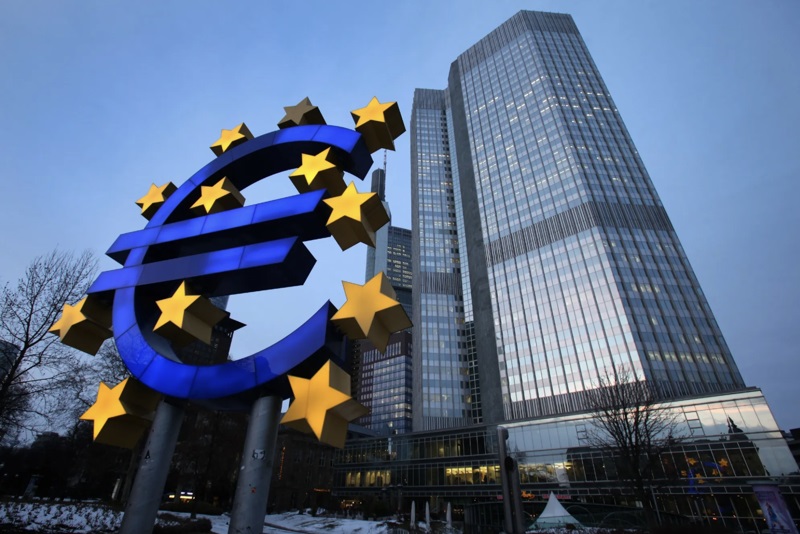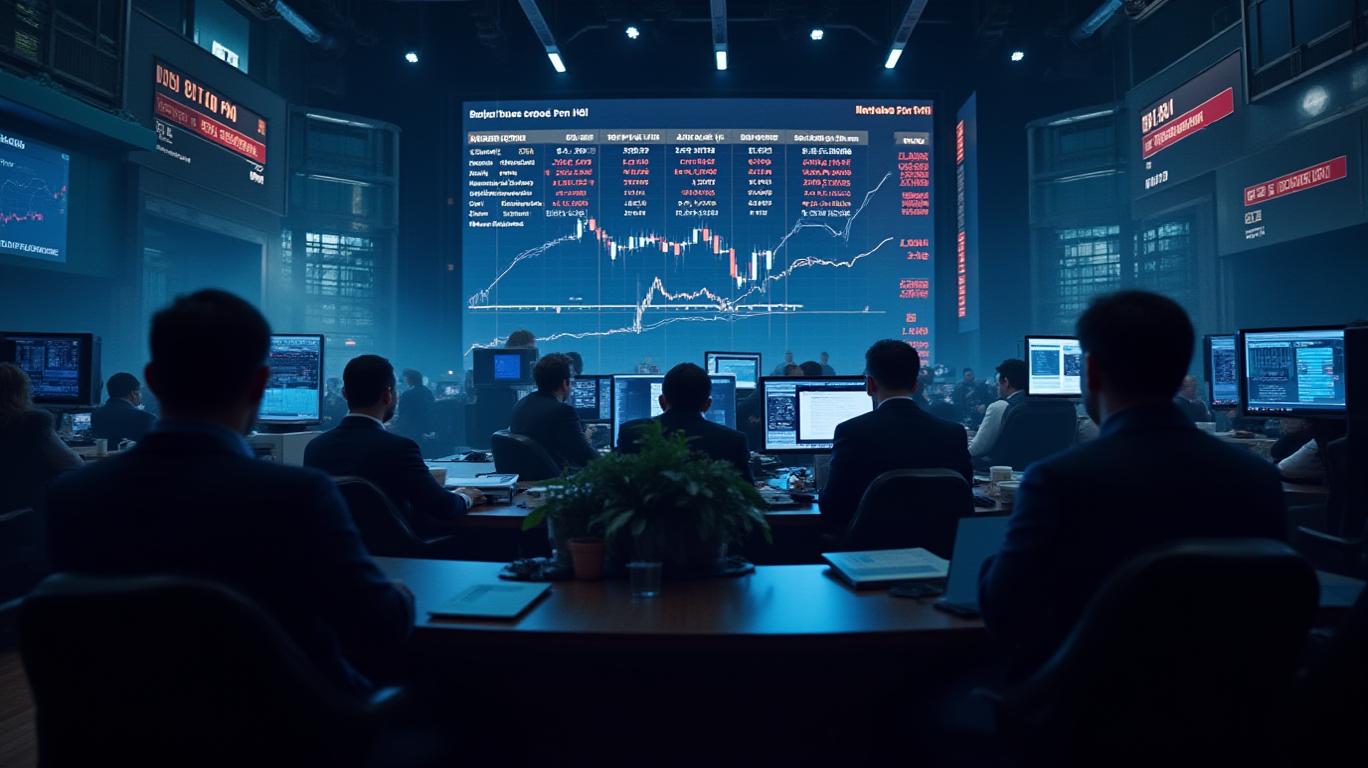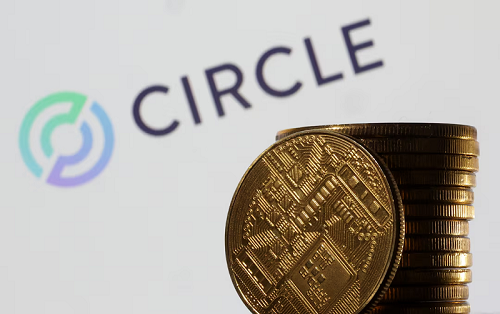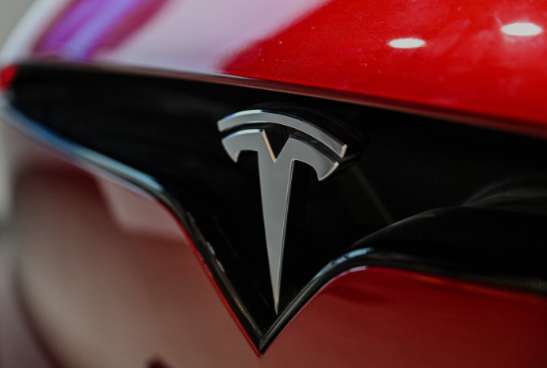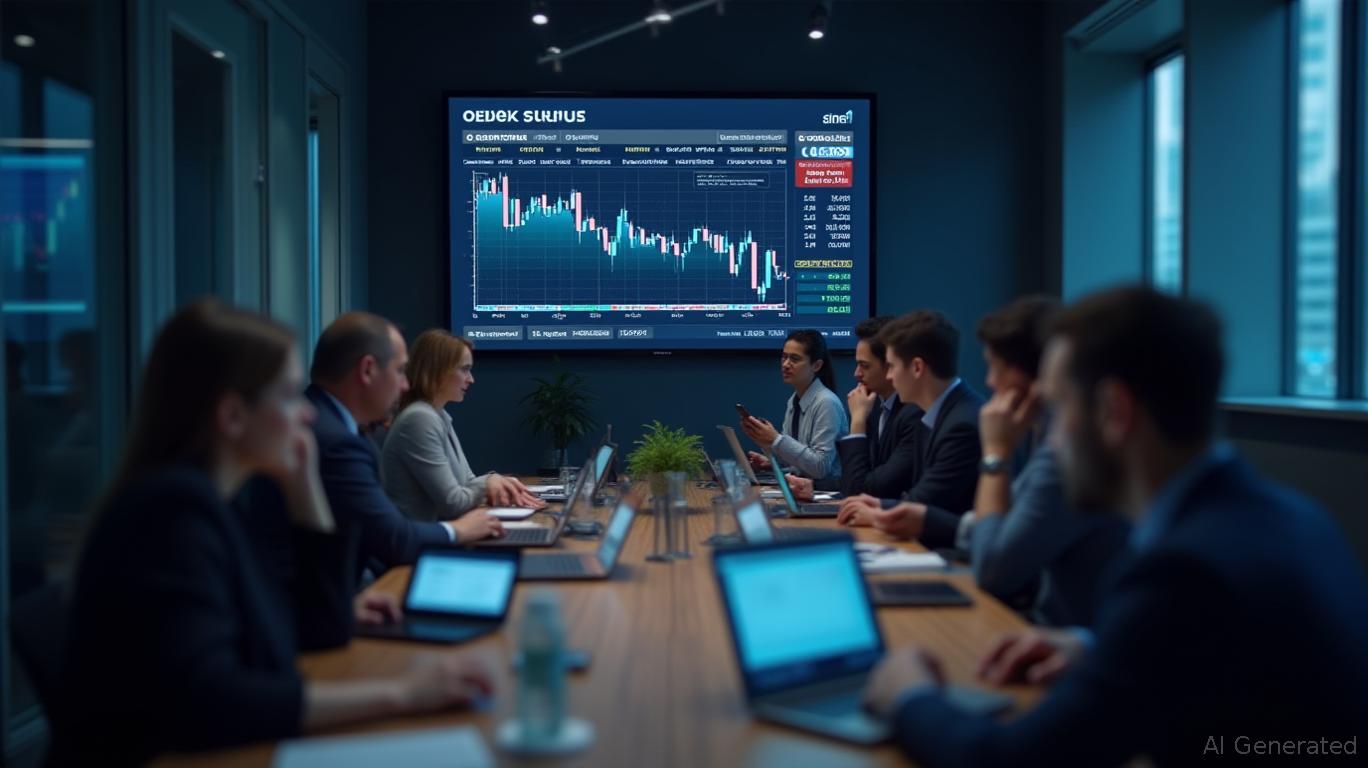Navigating Headwinds: Clorox's Path Through ERP Transition and Consumer Shifts
The consumer goods giant clorox faces a confluence of challenges—shifting spending habits and a complex ERP transition—that have tempered near-term growth expectations. Yet beneath the surface, its strategic moves to bolster margins, innovate in premium segments, and prepare for post-ERP stability suggest resilience. Here’s what investors need to know.

The ERP Transition: A Necessary Hurdle
Clorox’s multi-year ERP transition, set to conclude by early 2026, is a critical but disruptive step to modernize its supply chain. Retailers are preemptively stockpiling inventory—adding an estimated 1.5 weeks of supply—to avoid disruptions during the switch. This temporary inventory boost will inflate sales in Q4 2025 but will reverse sharply in early 2026, with the bulk of the adjustment hitting Q1 2026.
Ask Aime: How will Clorox's ERP transition impact its inventory levels and future growth?
The financial impact of the transition, while notable, is expected to be short-lived. Clorox’s gross margin target of 44% for Q4 underscores confidence in its ability to offset ERP-related costs through productivity gains and tariff mitigation. A key data point to watch:
Ask Aime: "Should I hold my Clorox stock amid the company's ERP transition?"
Consumer Behavior: Adjustments, Not Retreat
Category growth has dipped into low-single digits, driven by cautious spending rather than a loss of brand loyalty. Consumers are not abandoning Clorox’s essential products (disinfectants, bleach) but are instead optimizing purchases—buying smaller or bulkier sizes to stretch budgets. CEO Linda Rendle noted, “We’re seeing consumers adjust spending versus changing their behaviors.”
This distinction is crucial. Unlike during past downturns, there’s no surge in private-label substitution, a trend that could have eroded margins. Instead, the slowdown reflects macroeconomic uncertainty—geopolitical tensions and inflation—rather than a loss of demand for Clorox’s core categories.
Tariffs and Trade-Offs
Ongoing tariffs now cost Clorox $100 million annually, with incremental pressures expected in Q4. The company is countering this through a mix of supply chain reconfigurations, product reformulations, and selective price hikes. For instance, premium innovations like Centiva disinfectant and Burt’s Bees skincare products are proving popular, showing that consumers still prioritize quality and convenience despite cost concerns.
Strategic Priorities: Growth Through Necessity
Despite near-term headwinds, Clorox is maintaining its 2% organic sales growth guidance for fiscal 2025. Its long-term algorithm of 3–5% growth hinges on a normalization of category trends (historically 2–2.5% annual growth) and execution on key initiatives:
1. Margin Discipline: Gross margins have expanded for 10 consecutive quarters, a streak that could extend if ERP-related costs reverse as projected.
2. Premium Innovation: Products like the Centiva disinfectant and the Hidden Valley line extensions are outperforming, proving that value-added offerings can thrive even in cautious markets.
3. Operational Agility: The Canada ERP rollout’s success has provided a blueprint for the broader transition, reducing execution risk.
Risks on the Horizon
The path is not without obstacles. Prolonged macroeconomic uncertainty could delay a rebound in consumer sentiment. Additionally, competitive promotional pressures in categories like Glad trash bags may require further investment.
Conclusion: A Steady Hand in Volatile Waters
Clorox’s story is one of disciplined execution amid turbulence. Its 44% gross margin target and $100 million in annual tariff mitigation efforts are testaments to its operational focus. While the ERP transition and consumer caution pose near-term drags, the company’s long-term trajectory remains intact.
Key data points reinforce this outlook:
- Inventory Reversal Timeline: The 1.5-week inventory build will normalize by early 2026, clearing a path for organic growth to reaccelerate.
- Margin Resilience: A decade of gross margin expansion (despite inflation and tariffs) signals robust pricing power.
- Premium Innovation Success: Centiva and Burt’s Bees exemplify Clorox’s ability to command premium pricing in a cost-conscious market.
For investors, Clorox’s stock—currently trading at $190.50—offers a balance of stability and upside potential. While short-term volatility is likely, the fundamentals suggest it remains a defensive holding with long-term growth catalysts.
In a sector rife with uncertainty, Clorox’s focus on essentials and operational rigor positions it to weather current headwinds and capitalize on eventual stabilization.

